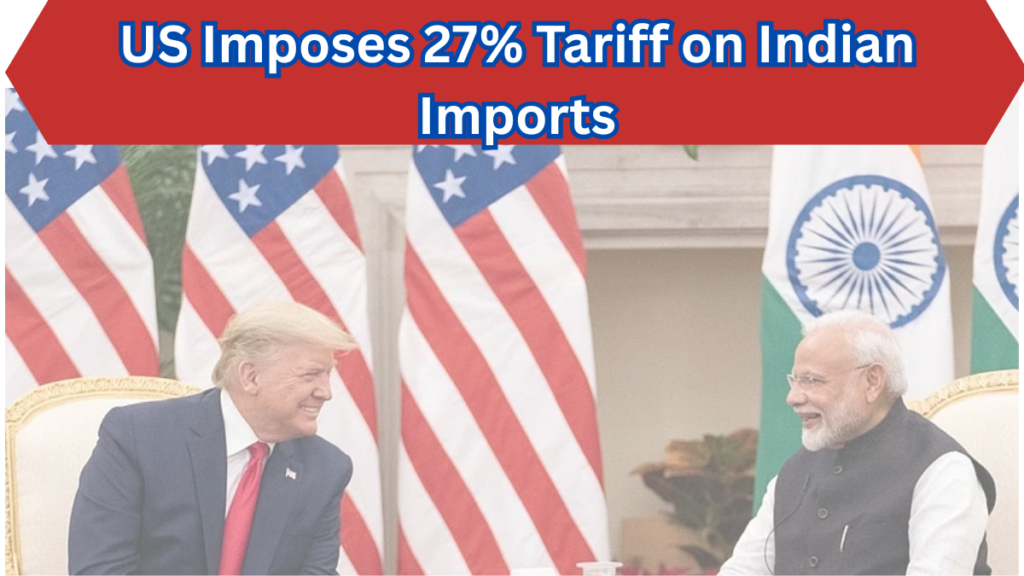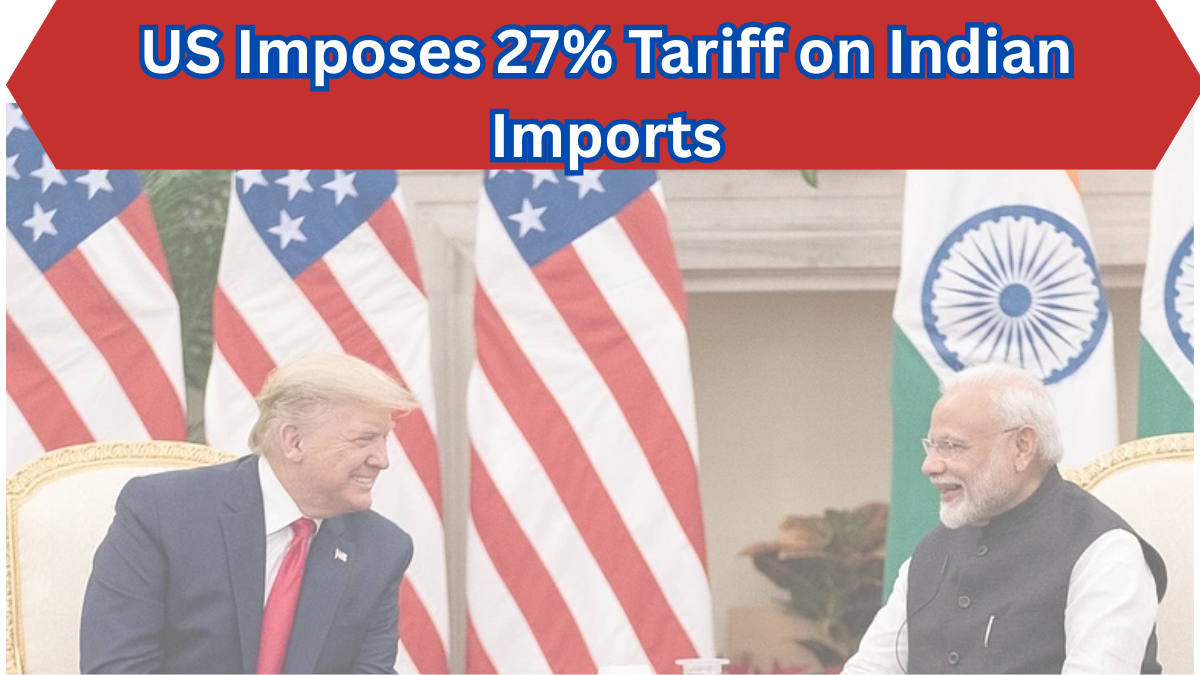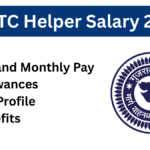The United States, under President Donald Trump, has imposed a 27% reciprocal tariff on imports from India. A baseline 10% tariff will take effect on Saturday, followed by the remaining higher tariff on April 9.
This move is part of Trump’s broader strategy to address what he sees as unfair trade practices by multiple nations, including India. The US administration argues that India has long imposed high tariffs on American products, while the US has allowed Indian goods relatively easier access to its market.
This decision has sent ripples through India’s business and trade sectors, leading to an urgent response from the Indian government, which is now assessing the potential economic impact of the tariff hike.

India’s High-Level Meeting to Assess Impact
Who is Involved?
The Prime Minister’s Office (PMO) has called for a high-level meeting to evaluate Trump’s tariff order. The meeting is being chaired by the Principal Secretary to the Prime Minister and includes officials from key ministries such as:
- Commerce Ministry – To assess trade disruptions and propose alternative strategies.
- NITI Aayog – To provide economic advisory insights.
- Department for Promotion of Industry and Internal Trade (DPIIT) – To analyze the effect on local businesses and industry competitiveness.
- Other relevant government departments – To explore diplomatic and policy responses.
This meeting aims to analyze the trade implications and explore potential countermeasures, including possible retaliatory tariffs, trade negotiations, or diplomatic interventions.
Trump’s Justification for Tariffs
While announcing the tariffs, President Trump stated:
“They (India) are charging us 52%, and we charge almost nothing for years and years and decades.”
Trump has repeatedly criticized countries that maintain high import duties on American goods, arguing that the US must impose reciprocal tariffs to balance trade relationships.
Tariffs on Other Countries
Trump has previously imposed higher tariffs on other nations, including:
| Country | New Tariff |
|---|---|
| China | 34% (in addition to an earlier 20%) |
| Vietnam | 46% |
| India | 27% |
The relatively lower tariff on India has provided some relief to Indian markets compared to other Asian economies. However, concerns remain about future tariff hikes if trade tensions escalate.
Market Reactions & Economic Impact
Stock Market Movement
Following the tariff announcement, India’s stock markets reacted cautiously:
| Index | Opening Performance |
| Nifty 50 | Down 0.3% |
| BSE Sensex | Down 0.3% |
| Other Asian Markets | Declined 1.5% to 3% |
Currency Fluctuation
- The Indian rupee initially dropped 0.3% to 85.75 per US dollar but later recovered to 85.65.
- Global Trade Research Institute noted that India still holds a competitive advantage in key sectors due to the relatively lower tariffs imposed compared to China and Vietnam.
Economists suggest that while short-term volatility is expected, India’s diverse export base could help mitigate the long-term impact.
India’s Response: “India First” Policy
Union Minister of State for Finance Pankaj Chaudhary acknowledged the tariff hike and emphasized that India would prioritize its own interests:
“We will analyze the implications. For Trump, it is US first, and for Modi ji, it is India first.”
India is now evaluating:
- Potential counter-tariffs on US imports – Imposing similar duties on American products to level the playing field.
- Negotiation strategies – Engaging in trade talks with US officials to find common ground.
- Diplomatic measures – Raising concerns at the World Trade Organization (WTO) to challenge the tariffs.
- Exploring alternative markets – Reducing dependency on the US by boosting trade with Europe, the Middle East, and Southeast Asia.
Why is the US Imposing These Tariffs?
According to the Trump administration, the 26% tariff is based on factors like:
- Tariff and non-tariff barriers – India imposes complex regulatory barriers that make it difficult for American companies to operate freely.
- Currency manipulation – The US accuses India of managing the rupee’s value to gain an unfair advantage in trade.
- India’s “uniquely burdensome” trade practices – The White House claims that India’s regulatory framework makes it challenging for US businesses to compete fairly.
The White House claims that removing these trade barriers could boost US exports to India by $5.3 billion annually. The tariffs will remain until the trade deficit and non-reciprocal treatment are resolved.
India-US Trade Deficit
| Aspect | Value |
| US Trade Deficit with India | $46 billion |
| Estimated US Export Increase (if barriers are removed) | $5.3 billion annually |
Trade analysts argue that while tariffs may offer short-term protection for American industries, they could ultimately disrupt global supply chains and lead to higher costs for US consumers as well.
FAQs
1. What is a reciprocal tariff?
A reciprocal tariff is a tax imposed by one country in response to tariffs or trade barriers imposed by another country. In this case, the US is imposing a 27% tariff on Indian imports due to India’s existing trade policies.
2. How will this tariff impact Indian businesses?
Indian exporters, particularly those in sectors like textiles, pharmaceuticals, and automotive, could face higher costs and reduced competitiveness in the US market. This may force businesses to seek alternative markets or absorb higher costs.
3. Will India impose counter-tariffs on the US?
The Indian government is currently assessing its options, and counter-tariffs could be one of the possible responses if the situation escalates. However, India may also prefer diplomatic negotiations to avoid further trade conflicts.
4. How do these tariffs affect Indian consumers?
If India retaliates with its own tariffs, it could lead to higher prices for American products like electronics, machinery, and agricultural goods in India. Consumers may also experience a shortage of some imported goods.
The situation remains fluid, and further diplomatic negotiations may shape the final outcome. Stay tuned for more updates on how this trade dispute unfolds.
Click here to learn more
Pari is a passionate writer known for captivating stories that blend imagination and reality. Inspired by travel, history, and everyday moments, Pari crafts narratives that resonate deeply with readers.




